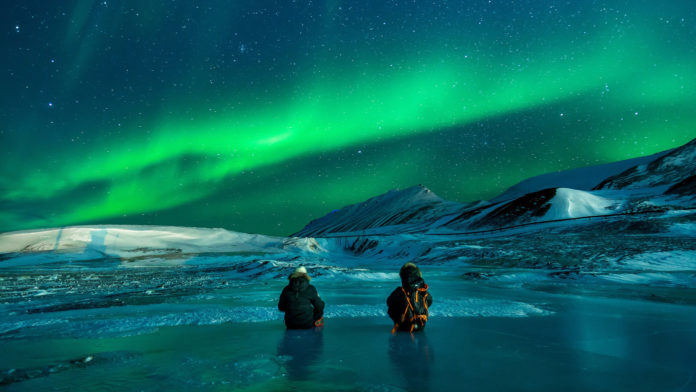This summer, NASA will take to the skies over Northern Canada, launching a 10-year airborne mission to understand and document the effect of climate change on Arctic and Boreal ecosystems.
Researchers say that these regions are some of the most heavily impacted, feeling the effects sooner and faster than anywhere else.
The study will include researchers from the Northwest Territories and federal governments, alongside selected Canadian universities.
This work is so important, because Canadian permafrost has global impact. But what about what is happening on a local scale, to the people who live there and are experiencing these changes on the ground?
These are the human faces of climate change
Canadian Inuit activist Sheila Watt-Cloutier, 2007 Nobel Peace Prize nominee for her work on personalizing the impacts of climate change, says that the warming arctic climate is destroying more than the environment. It is taking with it an entire way of life. Both cultural and individual survival are at risk.
With rising temperatures, what used to be predictable and stable ice is now thinner. Shorter winter weather means that sea ice that people in remote communities use as bridges and roads to surrounding areas forms later, melts sooner, and is unreliable. And the animals that residents are accustomed to hunting and trapping are also changing their habits.
Even built infrastructure isn’t immune. Melting permafrost is causing sudden changes, with big structures like bridges sinking abruptly. When they fall, communities can lose the ability to receive food, supplies, and even drinking water.
But perhaps even more insidious are the slow and creeping changes: the ones that don’t draw attention from outsiders as emergency events. The ones that emerge over decades.
Ashlee Cunsolo, director of the Labrador Institute at Memorial University, studies the impact of climate change on mental health. She often travels to Rigolet, a small remote community located on the northern coast of Labrador. Other than by plane, sea ice is the only way in or out.
In 2008, as a PhD student at the University of Guelph, Cunsolo participated in a community-led study of 100 Rigolet residents, and every person interviewed spoke about the emotional impact on their lives. They reported sadness, grief, and anger. They also felt anxious and trapped.
These feelings of anxiety are growing, with mounting recognition worldwide. Robert Gifford, professor of psychology at the University of Victoria, says this is known to scholars as eco-anxiety, or a fear of what comes next. Being disconnected from the places people go to feel well can trigger eco-anxiety.
In particular, children are vulnerable to eco-anxiety, says Gifford. Many are worried that the world might end within their lifetimes.
Gifford and Cunsolo both stress that the changes we are seeing now are unlikely to reverse themselves any time soon, and what is needed is the foresight and resources to cushion the blow.








































